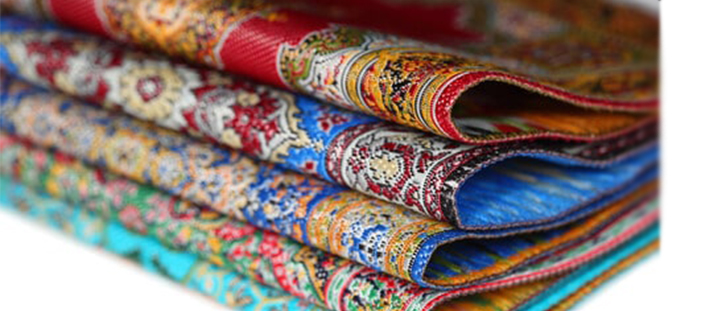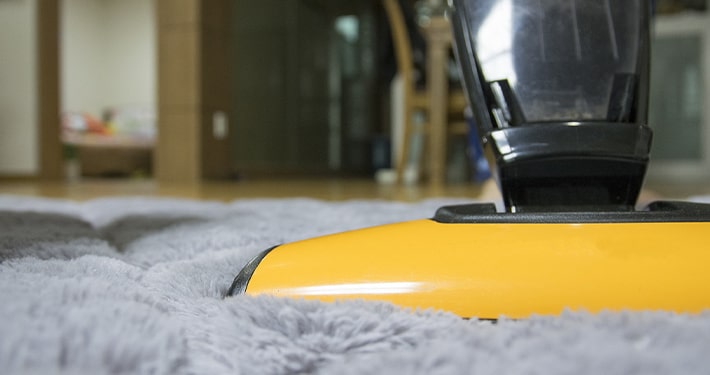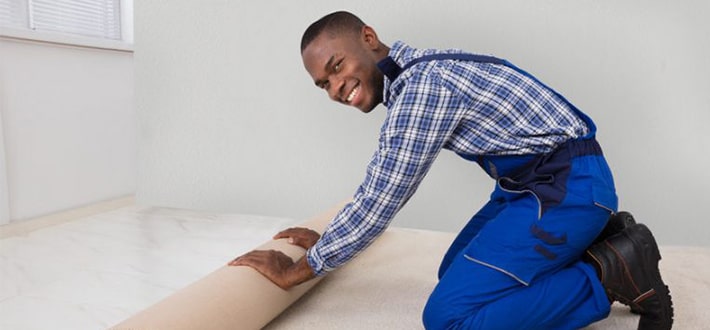The crafting of Oriental rugs is as interesting as the rugs are beautiful. Many of these rugs were made using designs specific not only to a particular region but also to a tribe. In addition to the unique designs, patterns, and colors, Oriental rugs are also noted for using natural fibers and dyes. Handmade Oriental rugs all begin their life on a large loom, where cotton threads are looped horizontally and vertically. The vertical threads are called the warp threads, and these are the threads on which the knots will be made. Weft threads, which run horizontally are there to keep the lines of knots separated. The fringe on either end of the rug is composed of the ends of the warp threads.
Fibers Used in Oriental Rugs
The best Oriental rugs, both antique and modern, use only natural fibers in their making. These can come from several different sources.
- Silk is made from the cocoons of the silk moth. Each cocoon must be unraveled and the silk thread spun onto a cone. Silk has a luster and feel unlike any other fiber and makes more resilient rug than you might think.
- A wool Oriental rug will most often use the wool of sheep. Wool is a warm, soft fiber that produces a lovely rug. Wool with long, strong fibers makes the best wool rugs. Goat or camel hair is sometimes blended with the wool.
- Kork wool is a very special type of sheep wool that makes the most coveted of Oriental rugs. Kork wool is the very fine, long, and soft wool found on the stomach and under the front legs of a sheep.
The best Oriental rugs, both antique and modern, use only natural fibers in their making. These can come from several different sources.






